It is much harder to eliminate pests once they have invaded your growing space. As the Dutch philosopher was attributed as saying, “Prevention is better than cure.” It is best to prevent an infestation of your cannabis plants rather than have to get rid of the pests once they have moved in.
You should be checking on your plants daily. Look for signs of the presence of insects. Do the leaves suddenly have holes or bite marks? Check the stems also. Does the plant show signs of stress? Are the leaves a deep, lush color? Do the leaves look yellowish and dry?
All these are signs of something wrong with your cannabis plant. It would be best if you took action immediately. If there is an infestation, you will need to identify the pest and take appropriate action to get the situation under control.
Prevention advice is better; we should take a step back and look at that. You have everything you need to start your growth. You have your seeds, fertilizer, hydration plan, the soil you will grow in, etc. Here is a question for you: what’s in the soil? Are there any eggs waiting to hatch? You can not know.
This is primarily a problem for indoor growers. Outdoor growers can have pests show up because they are outdoors. However, it is good practice to sterilize your soil. You sterilize your soil by heating it. Soil becomes sterilized at 180 to 95°C (180 to 200°F) after 30 minutes.
There are three main ways you can sterilize your soil. Each way will require some equipment and time. All three ways will require a meat or candy thermometer to check the temperature.
If you only have a small amount of soil to sterilize, your oven should work well enough. You will need soil and something to place it on. Preheat your oven to 80 to 95°C (180 to 200°F) and put your soil in. When the soil comes to temperature, time it for 30 minutes, and let the soil cool down before using.
If you are planting outside, you can use solarization. Solarization uses a clear tarp to trap solar energy to raise the temperature of the ground. Using your thermometer as a probe, check the temperature when it hits the appropriate temperature, time it for 30 minutes. Then remove the tarp and let the soil cool down.
You can steam your soil to sterilize it. Steaming your soil will require the purchase of a steamer. Depending upon the amount of soil you wish to sterilize, this equipment can get very expensive. Keep this in mind. Otherwise, the process is pretty straightforward. Set up your steamer, turn it on, and when the temperature hits 180-200 degrees F, let it sit for 30 minutes.
When you finish, move on to the next bit of soil that needs to be sterilized. Let the soil cool. If you have little soil to steam, you can probably get away with using a home steamer and a heavy-duty bag. Otherwise, you will need to consider more expensive options, including industrial steamers.
When you are finished sterilizing your soil, it is essential to fertilize it. Many beneficial nutrients in the soil will be “cooked off”, and you will need to replace them. Once you have ensured that your fertilizer is distributed throughout the soil, you are ready to plant cannabis seeds.
Pesticides
The easiest way to get rid of pests on your marijuana plant is to use a pesticide. However, many of these can be dangerous. You will be ingesting this plant or giving it to someone who will be, and dangerous chemicals should not be considered.
You can use organic alternatives. One that comes to mind is neem oil. Neem oil is derived from the neem plant. If appropriately diluted, neem oil is considered safe for use in the garden.
Companion plants are plants that you plant alongside your cannabis plant to help with soil nutrients or to pull pests away from your cannabis.
Some plants, such as mint, have a powerful smell. Many pests are not fond of this smell and will avoid mint. If you place mint in pots around your cannabis plants, it can help deter pests’ arrival.
Other plants, such as Chrysanthemum, can pull pests away as sacrificial plants. That way, the pests will go for the Chrysanthemum instead of the cannabis. As a bonus, the flowers on the plant can attract predators.
If there is one thing that can be counted on in nature is that there is always a predator. Predatory insects can quickly diminish the population of pests on your cannabis plants.
Some predatory wasps lay their eggs in caterpillars. Other wasps kill leaf miners and lay their eggs near them, providing their young a meal. These insects are highly specialized at hunting down certain pests and killing them. Check out our blog on How to get rid of caterpillars.
Ladybugs, or ladybirds, are perfect ant-controlling aphids and spider mites. Unfortunately, they also eat the larvae of some moths and even some smaller insects.
Leaf Hoppers are a pest that can plague your cannabis plants. They suck the sap out of the plant and can do a lot of damage to your cannabis plants. In the spring, they can lay up to 6 eggs a day. It can get out of hand if you don’t catch them when they have just arrived. You may be surprised to discover that Ladybugs can be very useful in controlling leafhoppers.
We have covered a few pests and how to manage them. Remember to stay vigilant. An infestation is harder to eliminate than it is to prevent. Find out what you are dealing with and how to deal with it.
Remember to Identify a threat, Decide on a course of action, and Act. For more information on growing cannabis and other related topics, check out our blog.
1. How can I prevent pests from infesting my cannabis plants?
Regularly inspect your plants for signs of pests, such as holes in leaves or discoloration. Early detection is key to preventing a full-blown infestation.
2. What is the best way to sterilize soil to prevent pests?
Sterilizing soil by heating it to 180-200°F (82-93°C) for 30 minutes in an oven, using solarization, or steaming can eliminate potential pests before planting cannabis.
3. Are there natural ways to protect cannabis plants from pests?
Yes, companion plants like mint can repel pests with their strong scent, while predatory insects like ladybugs can help control pests naturally.
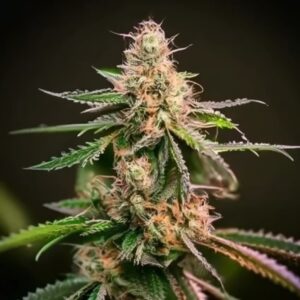


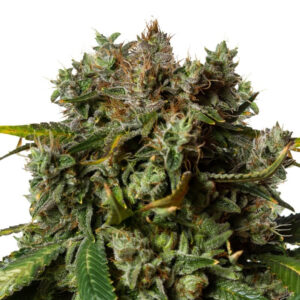

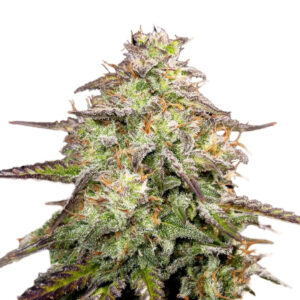
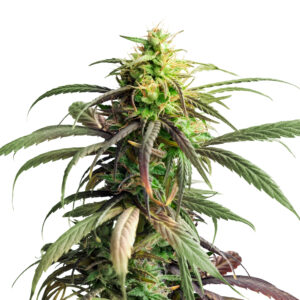






Related Posts
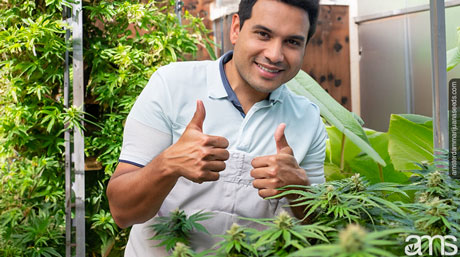
Growing marijuana in greenhouse settings can be a deeply rewarding experience. However, it’s not without its fair share of challenges.

Budapest’s Sports Loving Duo
Atilla and Zsofia’s love story is woven into the cultural fabric of their hometown, Budapest. Their lives are active and full, filled with a balance of work, play, and their little secret horticultural project. Atilla, with his broad shoulders and strong hands, is well known in the local gym and the volleyball court. He’s a plumber…
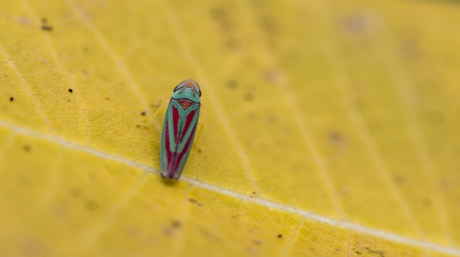
Garden pests really are a pain, and if your garden is a cannabis one, they are arguably even more so. One of the most common pests in cannabis grow are leafhoppers, tiny insects that can really harm your plants. Here is a handy little guide on how to spot them, and how to fix your issue if you have one: